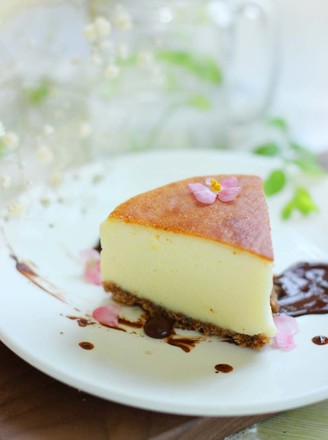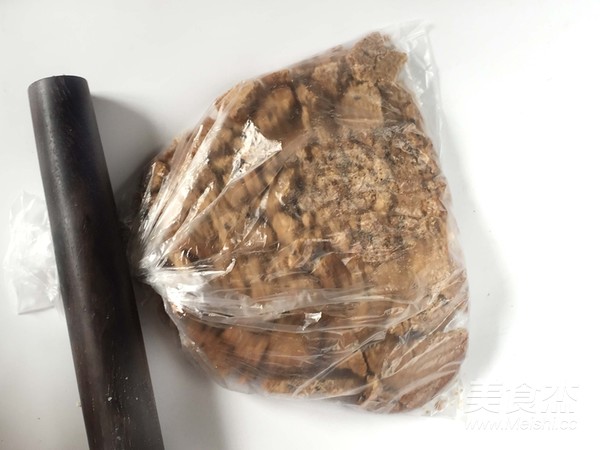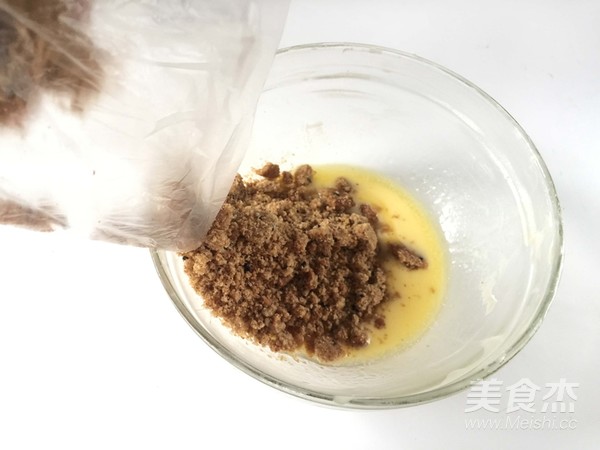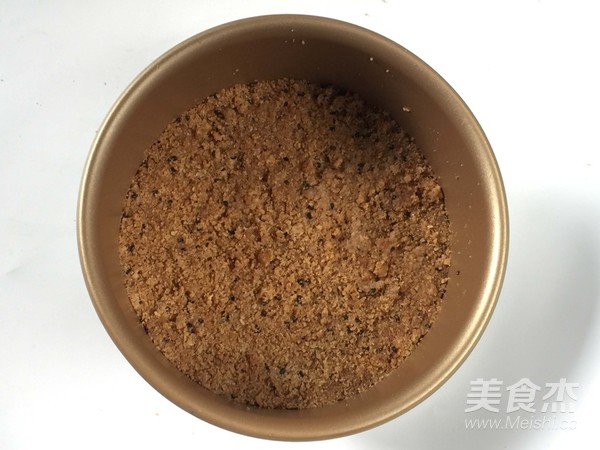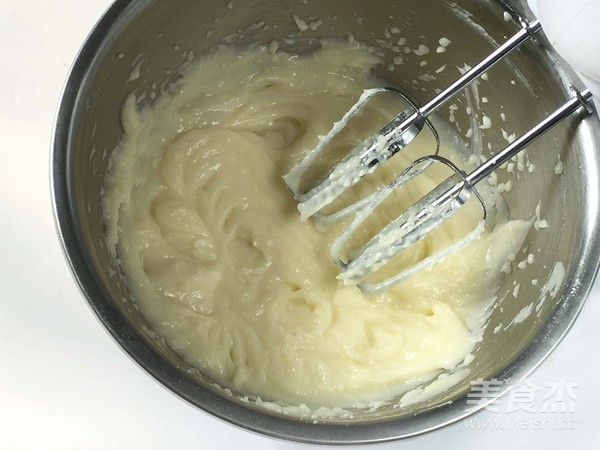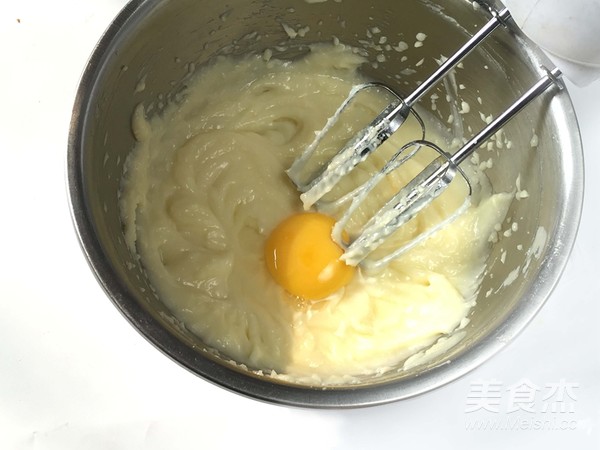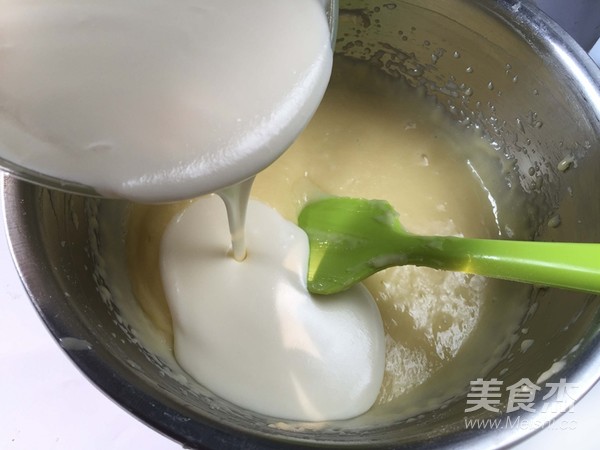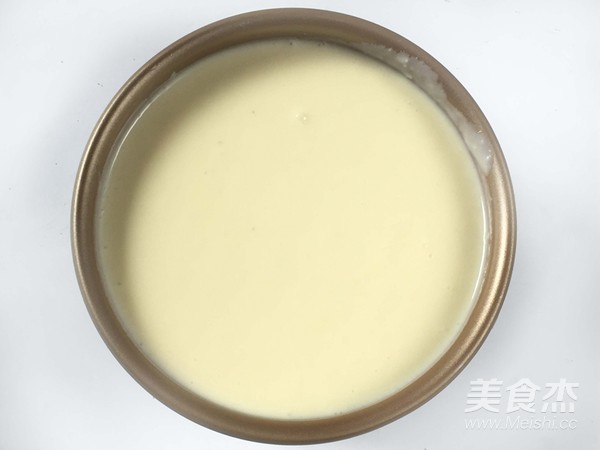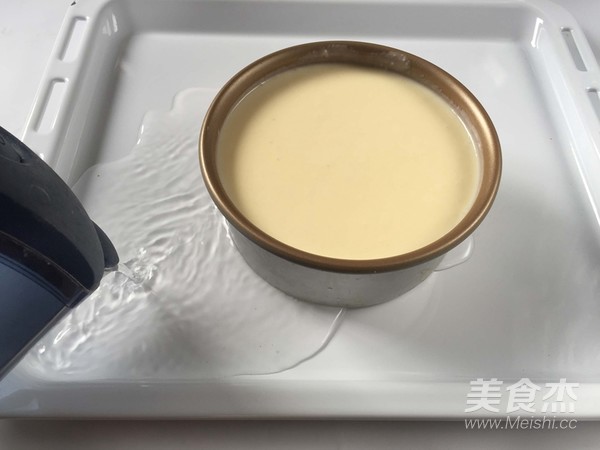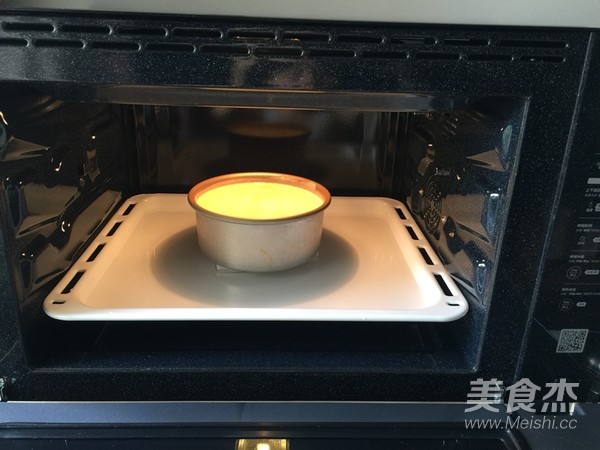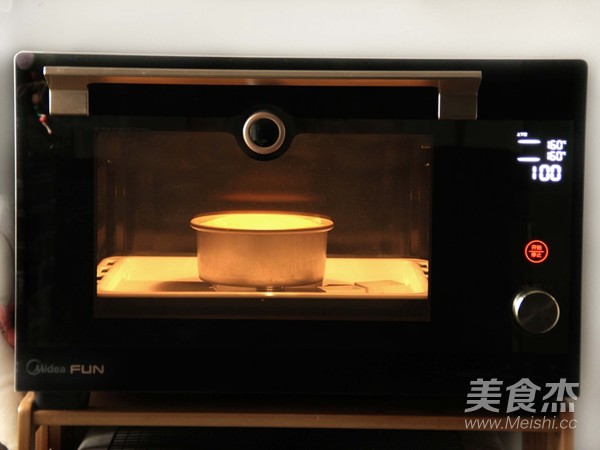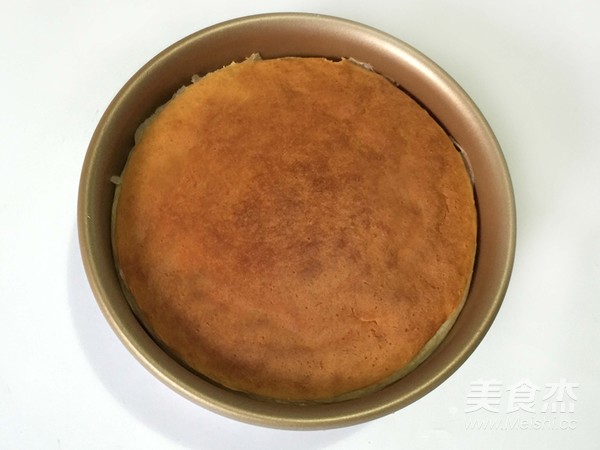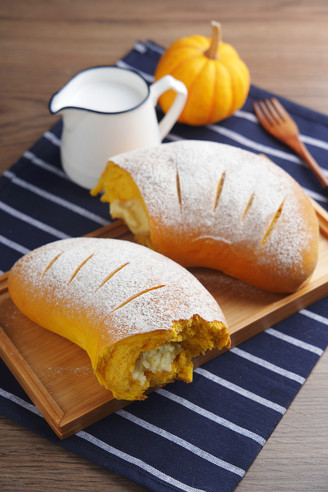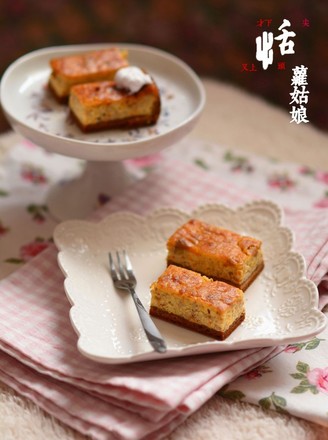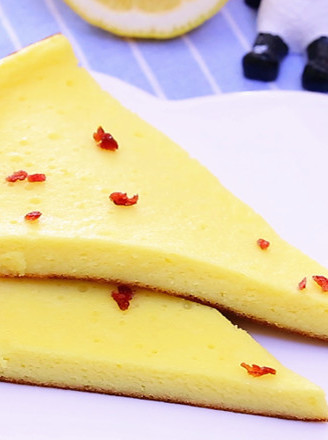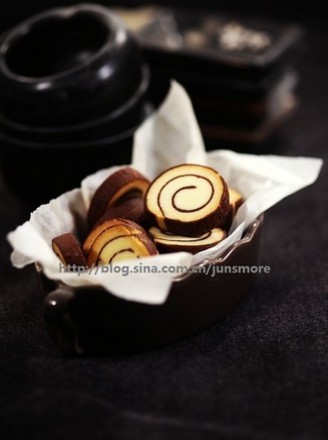French Cheesecake
1.
Put the digestive biscuits into a fresh-keeping bag and beat them with a rolling pin into slag
2.
After the butter has softened and melted, pour in the smashed biscuit crumbs and mix well
3.
Prepare a non-stick six-inch mold, spread the processed biscuit crumbs evenly on the bottom of the mold, and press the porcelain firmly
4.
Cream cheese with sugar and stir until smooth
5.
Add eggs in batches, one egg at a time, stir well and then add the next one, add 3 eggs in sequence
6.
Mix the lemon juice and sour cream, then pour the sour cream into the cheese paste
7.
And stir well into a smooth cheese paste
8.
Pour the stirred cheese paste into a six-inch mold with cookie crumbs, 8 minutes full
9.
Put the mold containing the cake batter into the baking pan (if it is a movable bottom mold, the bottom needs to be covered with tin foil), and then pour warm water into the baking pan
10.
The oven is electrified in advance, and the upper and lower pipes are heated at the same time. The temperature is set to 160 degrees, and the time is adjusted for about 1 hour (you can manually operate on the oven panel or use a mobile phone to operate more conveniently); start the oven to enter the automatic preheating program; after the preheating is over Place the baking pan with cake batter on the bottom of the oven
11.
Then close the oven door and enter the baking process
12.
After the baking time in the oven is over, turn on the oven, take out the baking tray with heat-insulating gloves, and put the cake in the refrigerator for 3 or 4 hours after it has cooled down. The taste is best at this time.
Tips:
1. The cream cheese needs to be taken out of the refrigerator in advance to soften it. If you want to beat it quickly and smoothly, you can beat it with warm water about 40 degrees, but the cheese will be slightly thinner.
2. If the cake batter is too thin, you can add a little bit of low powder, not too much, so as not to affect the overall taste.

